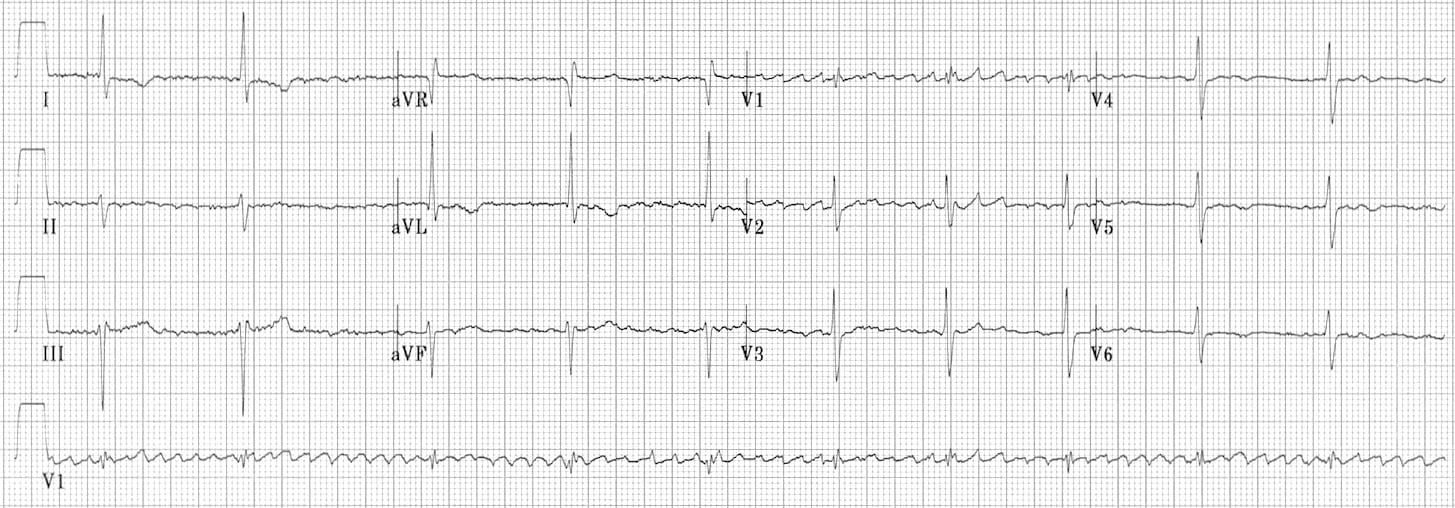Atrial fibrillation or afib is the most common type of arrhythmia.
What is rvr heart rhythm.
Rvr occurs when the ventricles which are the lower chambers of the heart beat too fast.
A fib with rvr may have no symptoms and only be discovered during a physical examination or a heart rhythm test.
Because the electrical impulses are so fast and chaotic the atria cannot.
This abnormal heart rhythm is what doctors call atrial fibrillation or afib for short.
Atrial fibrillation afib with rapid ventricular response rvr means the heart is beating irregularly and beating at a significantly increased rate.
Normally the heart beats in a synchronized regular rhythm with a pulse rate of 60 to 100 beats per minute.
Atrial fibrillation af or afib is the most common irregular heart rhythm that starts in the atria.
Controlling the heart rate is necessary to maintain good blood and oxygen flow to the heart brain and body.
These medications are generally more powerful than the rate control drugs and attempt to convert the afib back in to a normal rhythm.
Atrial flutter is a type of heart rhythm disorder caused by problems in your heart s electrical system.
Atrial flutter is similar to atrial fibrillation a common heart rhythm disorder.
Your heart could fall out of sync again by the time you get home.
Atrial fibrillation is the most common cardiac arrhythmia.
The normal heartbeat is called the sinus rhythm and is measured with an electrocardiogram ecg.
These drugs are also commonly used in hospitalized afib with rvr patients.
They are often given after a shock treatment to try and help the heart stay in normal rhythm.
However the rhythm in your atria is more organized and less chaotic in atrial flutter than are the abnormal patterns common with atrial fibrillation.
The ecg divides a single beat of.
However most people with the condition will experience some or all of the.
The most common variety of cardiac arrhythmia atrial fibrillation with rvr occurs when the electrical activity of the atria is erratic causing more frequent ventricular contraction and increasing the heart rate.
For most people the faulty signals start in the heart s two upper chambers called the atria.
Instead of the sa node sinus node directing the electrical rhythm many different impulses rapidly fire at once causing a very fast chaotic rhythm in the atria.

